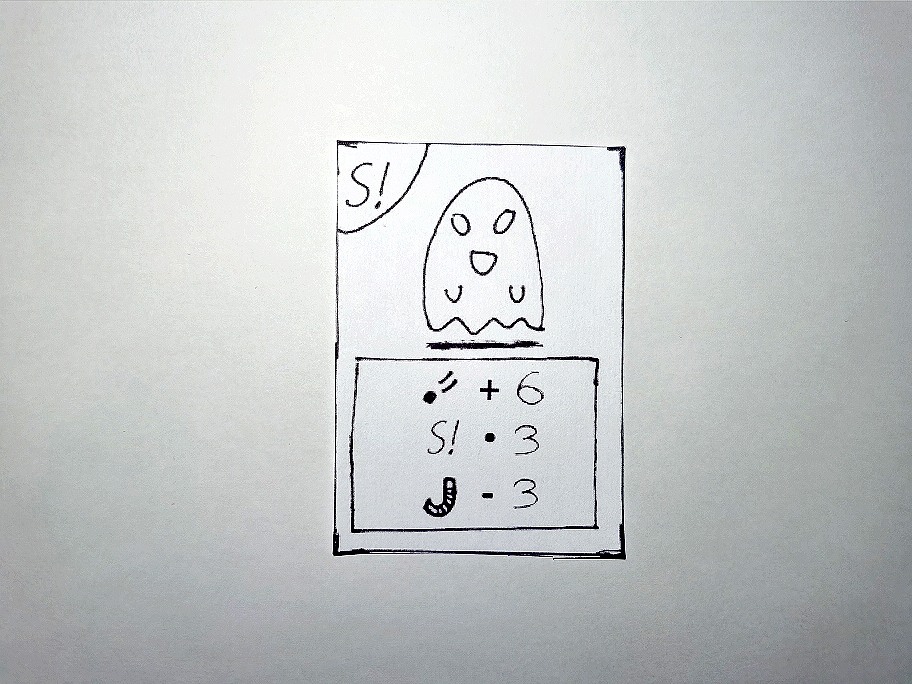
Cards Surprises!
You will hate them... or adore them..
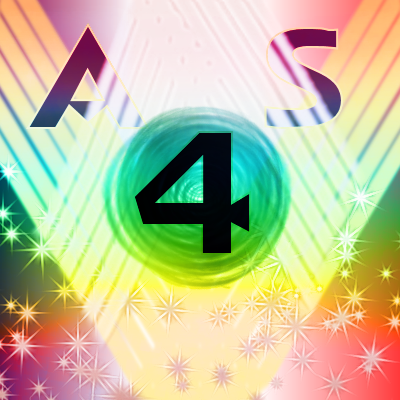
The terminology used in each board game is important. Just as in most commercially available board games, there are similarities in some terms. Of course, in this board game, there are some terms that are new and unique to it. Here is the list (probably not covering all your questions :/) of terms that are used in this board game. ~ game (of play): The term 'game' refers to the actual game play only. (this term can be contracted to "game"). ~ session (game): The term ` session` (of play) refers to the current game and future games if no one decides to say > Done for today < . (this term can be contracted to "session"). ~ game component (or component / game element): Game components are game elements. Game elements are game components. The two terms are identical. Game components are used to describe the elements of the game: game board, cards, tickets, tokens, bills, etc. Yes, counters and decorative elements are also considered as game components. Components not used during the game can be placed in a 'bank' and can be taken out at any time if necessary. ~ "Game Board": A "Game Board" indicates the area where the pieces are usually representative of the position of each person playing the game. In some cases, it may be possible for a Game Board to have slots (areas) for specific game components or elements. Although it is very rare, some game boards do not have spaces to place/move pieces. In this game, the "Game Board" component has spaces to place/move the "Pawns Characters" component. Unless otherwise specified, the "Game Board" is common to all players of the game. ~ bank (or locked reserve, or unlocked reserve): The bank is in 100% of cases a place on the table (often in the board game package). And unless otherwise noted, this place is completely separate from the people playing the game up close, sometimes from the people playing the game from afar, and sometimes even separate from the game itself. It is considered to be the locked or unlocked storehouse of game components or elements that are absolutely not held by the people playing the game. Often this means that they are removed from the game, thus in a state of 'removal from the game'. And unless otherwise stated, as long as nothing is said to take something from it, the `bank` remains : - INTOUCHABLE TO PEOPLE PLAYING THE GAME CLOSE UP, sometimes those far away - INALTERABLE TO people playing the game up close, sometimes from afar - INNACCESSIBLE TO people playing the game up close, sometimes from afar ~ person playing the game closely: A person playing the game closely means that they are actively participating in the current game as a player. This person can influence the game. A "person playing the game close" component is the opposite of a "person playing the game far" participation. ~ person playing the game from afar : A person playing the game from afar means that he or she is passively participating in the current game as an observer. This person cannot influence the game. A ` person playing the game from afar` component is the opposite game participation to a ` person playing the game from near` participation. ~ heap: A heap is an area where you leave loose game components. A pile must always be within reach of everyone playing the game (close or far). A heap may also be falsely called a `pack' or `deck', but its use does not change. A pile can also be arranged and contained in ... - a plastic bag - a cardboard box - another convenient container ... with the purpose of easily containing the pile and thus allowing it to be drawn/played without difficulty. Under certain conditions, a pile can have particular pick instructions. Under certain conditions, a heap can have particular instructions of putting back into play. ~ Stack: A stack is a well-defined area at the beginning of the game where you leave components of the game stacked on top of each other. A stack should always be within reach of everyone playing the game (from near or far). A stack may also be falsely called a "pack" or "deck", but its use does not change. Under certain conditions, a stack may have special draw instructions. Under certain conditions, a stack may have special reshuffling rules. ~ face down : This term refers to a component of the game that must be turned "face down" so that the representation of said component "face down" ... ... must not be revealed/visible/readable to those playing the game (from near or far). The term "face down" can also be replaced (sometimes) by the term "face up", but its usage does not change. Usually (but not exclusively) this is to generate a random draw phase. A ` face down ` component is the opposite visibility of a ` face up ` component. ~ face-up : This term refers to a component of the game that must be turned face-up so that the representation of said component ` face-up ` ... ... must always be revealed/visible/readable to those playing the game (from near or far). The term `face up` can also be replaced (sometimes) by the term `face down`, but its usage does not change. Generally (but not exclusively) this is to generate an orderly draw phase (with a draw order and direction (over/under a pile)). A "face up" component is the opposite visibility of a "face down" component. ~ game side: This term refers to a component of the game that must be held on the side of the people playing the game close ... ... (face up or not, depending on what the component is about). Consider that if in the game rule you come across a situation that involves retrieving a component or game element from your side or your 'playing side' ... ... it will symbolize that you should keep said component or other element on your side and that ... ... if nothing else, that the game component or other element belongs to you throughout the game. Generally (but not only) this is to allow people ... ... playing the game to lay out in front of them the different components or elements of the game, thus recovered during a game ... ... the people who have elements on their ` game side` can then, (unless otherwise indicated) lay the different components or game elements flat face up/hidden in front of them. A `playing side` component is the opposite location to an `in-hand` component. ~ in hand: This term refers to a component of the game that must be held in the hand (such as cards) of those playing the game closely... ... (face up or not, depending on what the component is about). Consider that if in the rule of the game, you encounter a situation that involves retrieving a component or game element from your hand or 'in hand' ... ... it will symbolize that you should keep said component or other element in your hand and that ... ... if nothing else, that the game component or other element belongs to you for the duration of the game. Generally (but not only) this is to allow people ... ... playing the game to have in their hands the different components or elements of the game, thus recovered during a game ... ... people with 'in hand' items should then, (unless otherwise specified) keep the various components or game items in their hands face down/visible. This often gives the people playing the game the ability to better visualize their held game components or game elements. An `in-hand' component is the opposite location to a `game side' component. ~ inventory: This term refers to any game component that is owned (unless otherwise noted) by people playing the game in close proximity ... ... (face up or not, depending on what the component is about). A component in an `inventory` implies that the location of these components can be from the `hand` or from the `game side` or from elsewhere ... ... but always belonging at the moment to the person playing the game closely. ~ commitment : A ` commitment` of a component refers to a simple action: - commit ... - a pile - a pile - a hand - a game side - the game board - or simply any component ... during the game, and according to the specified procedure. The components or elements in play that are committed are then eventually: either lost, or recovered, or mixed up, or put back into play etc... Tracking what happens with components or other things under commitment, will depend on what the game rule specifies. ~ shuffle: A `shuffle' refers to a single action: - shuffle ... - a pile - a pile - a hand - a game side - the game board - etc.. ... consisting of one or more game components or specific game elements during the game, and according to the specified procedure. ~ draw : A `draw' refers to a simple action: - drawing game components or game elements during the game (to keep them, or use them immediately after drawing) ... ... from different places ... - a pile - a pile - a hand - a game side - the game board - etc... ... to different places ... - a pile - a pile - a hand - a game side - the game board - etc. A 'draw' is the opposite of a 'put back'. ~ blind draw : A `blind draw` is a simple action: - drawing game components or game elements during the game (to keep them, or use them immediately after drawing) ... ... by closing your eyes or looking away (to avoid seeing what is drawn), from different places ... - a pile - a pile - a hand - one side of the game - the game board - etc... ... to different places ... - a pile - a pile - a hand - a game side - the game board - etc. A `blind draw` is the opposite action of a `blind re-roll`. ~ throw-in : A ` throw-in' refers to a simple action: - putting game components or game elements back into play during the game (to separate from them, according to the specified procedure) ... ... to different places where they natively come from ... - a pile - a pile - the game board - etc... ... from a source that can be different places ... - a pile - a pile - a hand - a game side - the game board - etc. A `drop' is the opposite action of a `draw'. ~ Donation in play : A `gift into play` is a simple action: - giving in-game components or game elements during the game (to part with them, as directed) to another person playing the game closely ... ... the initial source can be ... - a hand - a side of the game - (other holding of people playing the game closely) (etc..) ... to a destination at different places ... - a hand - one side of the game - (other places to people playing the game closely) (etc..) An 'in-game gift' is often the resultant action of in-game events, ... ... or failure in a confrontation between people playing the game closely or in a challenge offered by the game or other ways. An 'in-game gift' is the opposite action of a 'blind in-game gift'. An `in-game giveaway' is the opposite of a `blind in-game steal'. ~ blind throw-in: A `drop' is a simple action: - putting game components or game elements back into play during the game (to part with them, according to the procedure indicated) ... ... by closing the eyes or looking away (to avoid seeing what is being drawn), to different places from where they natively come ... - a pile - a pile - the game board - etc... ... from a source that can be different places ... - a pile - a pile - a hand - a game side - the game board - etc. A `blind giveaway' is the opposite of a `giveaway'. ~ blind giveaway: A `blind gift into play' is a simple action: - giving in-game components or game elements during the game (to part with them, as directed) to another person playing the game closely ... ... ... by closing the eyes or looking away (to avoid seeing what is given), the initial source can be ... - a hand - a game side - (other holding of people playing the game close up) (etc..) ... to a destination in different places ... - a hand - one side of the game - (other places to people playing the game closely) (etc..) A 'blind in-game donation' is often the resultant action of in-game events, ... ... or failure in a confrontation between people playing the game closely or in a challenge offered by the game or other ways. A `blind in-game donation' is the opposite action of an `in-game donation'. A 'blind in-game gift' is the opposite action of a 'blind in-game steal'. ~ in-game stealing: An `in-game take` is a simple action: - letting a person playing the game closely steal in-game game components or game elements from another person playing the game closely during the game ... (to steal, according to the modus operandi indicated), the initial source may be ... - a hand - a side of the game - (other holding of people playing the game up close) (etc..) ... to a destination at various locations ... - a hand - one side of the game - (other places to people playing the game closely) (etc..) A 'flight in game' is often the resultant action of events in game, ... ... or failure in a confrontation between people playing the game closely or in a challenge offered by the game or other ways. In-game flight" is the opposite action of "blind in-game flight". In-game stealing" is the action contrary to "blind in-game giving". ~ in-game blind flight : A 'blind in-game theft' is a simple action: - letting a person playing the game closely steal in-game game components or game elements from another person playing the game closely during the game ... (to steal, as described), by closing the eyes or looking away (to avoid seeing what is being stolen), the initial source may be ... - a hand - a side of a game - (other holding of people playing the game up close) (etc..) ... to a destination in different places ... - a hand - one side of the game - (other places to people playing the game close) (etc..) A 'blind flight' is often the resultant action of in-game events, ... ... or failure in a confrontation between people playing the game closely or in a challenge offered by the game or other ways. A 'blind in-game flight' is the opposite action of an 'in-game flight'. Blind in-game theft" is the opposite of "in-game donation". ~ deletion of the game: A `removal from the game' is a simple action: - deleting or removing from the game and placing in the `bank` or `locked reserve` game components or game items during the game (to part with, as directed) ... ... from a source that can be different places ... - a pile - a pile - a hand - a game side - the game board - and so on. ... to the `bank` or `locked reserve`. A ` game deletion` often symbolizes (unless otherwise indicated) that the deleted or removed item will be removed for the duration of the current game. ~ transaction: A `transaction` refers to a simple action: - to move game components or game elements during the game (to part with, to gain, to remove etc..., according to the specified procedure) ... ... from a source that can be different places ... - a pile - a pile - a hand - a game side - the game board - etc.. ... to a destination at different places ... - a pile - a pile - a hand - one side of the game - the game board - etc. A `transaction' is a shorthand terminology to avoid quoting all the other different terminologies, related to losses or splits, gains or recoveries and deletions or withdrawals. ~ debit (or a withdrawal): A ` debit` refers to a simple action: - performing a decrement of game components or game elements during the game (debiting them, as directed) ... ... from a source that can be different places ... - a pile - a pile - a hand - a game side - the game board - etc.. ... in favor of a destination at different places ... - a pile - a pile - a hand - a game side - the game board - etc. A `flow' is a shortcut terminology to avoid quoting all the other different terminologies, related to wins or recoveries or credits. A 'debit' is the opposite action of a 'credit'. ~ credit (or a grant): A `credit` is a simple action: - incrementing game components or game elements during the game (crediting them, as described) ... ... from a source that can be different places ... - a pile - a stack - a hand - a game side - the game board - etc.. ... in favor of a destination at different places ... - a pile - a pile - a hand - a game side - the game board - etc. A 'credit' is a shortcut terminology to avoid quoting all the other different terminologies, related to losses or separation or withdrawal. A 'credit' is the opposite action of a 'debit'. ~ borrowing (or lending): A `borrow' is a simple action: - borrowing game components or game elements during the game (crediting oneself with them, as directed) ... ... to a source that can be different places ... - your hand - your side of the game - etc... A `loan` is in 100% of the cases (unless otherwise stated) followed by the action `repayment`, because a loan always has to be paid back sooner or later, and often with interest rates. A `loan` is the opposite action of a `repayment`. ~ repayment (or acquittal): A `repayment` is a simple action: - repaying anything borrowed from game components or game elements during the game (debiting oneself, as directed) ... ... from a source that can be different places ... - your hand - your side of the game - etc... ... to a destination in different places ... - a pile - a pile - a hand - a game side - the game board - etc. Often, a certain additional percentage (%), rounded up, is added to the debit at the time of `repayment`. This additional percentage is very often known as the `interest rate`. A `loan` is in 100% of cases (unless otherwise indicated) followed by the action `repayment`. A `borrowing` is the opposite action of a `repayment`. ~ interest rate (or interest) : /!\ WARNING: this terminology is accompanied by percentage calculations: take a stamp before reading further :P | NOTICE: moreover although proposing mechanics of type ` loan ` is not yet present in this version of Tricks or Treats ... ... it is nevertheless likely that it will be proposed in a future expansion, in a game mechanics measure integrating a fictitious banking system ... ... hence this algorithmic and mathematical explanation. /!\ An 'interest rate' is often proposed... ... by a person playing the game from afar, named "Banker or The Bank" (nothing to do with the terminology "bank") ... ... to a person playing the game from a distance when taking out a `loan`. Here for ease of understanding, the term {{the Bank}} will be used. The 'interest rate' is often a percentage (%) set by {{the Bank}} prior to a 'loan' by X. This additional percentage (%) is then calculated from the {{sum of resources}} borrowed following the signing of a contract ... ... symbolizing a `borrowing' of {{resources}} (often fiduciary) owned by X to a deposit Y. X = often being a person playing the game closely Y = {{the Bank}} This {{resource sum}} from a calculation based on the difference of a due. For example, let's assume that /The numbers are not realistic for a real bank loan, it's just an example, okay? Anyway! Stashed Girl is asking {{the Bank}} to lend her a {{sum of resources}} equal to 800 euros. {{The Bank}} says it can lend Stashed Girl 800 euros and warns Stashed Girl that the `interest rate` for this `loan` will be 20%. So Stashed Girl makes a `loan` of {{sum of resources}} equal to 800 euros from {{the Bank}}, to which is added an `interest rate` equal to 20%. In order to calculate the additional `debit' caused by the `interest rate' at the time of `repayment', a simple percentage calculation must be made. {{sum of resources}} divided by `interest rate `. Thus, this creates the following logical algorithm: {{sum of resources}} multiplied by ( ` interest rate ` divided by 100 ). (NOTE: we should have written 1000 instead of 100 if the percentage would have been "per thousand". But it's complicated enough as it is, I think? :P In mathematics, it would be like this: 800 x ( 20 / 100 ) This would give how many euros you will have to pay back if you have interests to pay back. Here in our example: 160 euros In the end, you will have to make a `repayment` of ( {{sum of resources}} + {{160 euros}}) So: ( 800 + 160 ) = 960 euros .. (if the sum after application of the ` interest rate ` that will result is to the decimal point, then often we round up. The `interest rate` can also be used for a savings account. Surely you have heard of {{Savings-Account}}, such as the "housing savings plan"? Well, yes! That's it! In the case of an `interest rate` relating to `a credit` and not `a debit`, ... ... we can calculate ourselves the {{Minimum Amount to Invest}} that will feed the {{Savings Account}} to make {{Profit}} equal to a {{Desired Value}}. ... {{Investment}} can also be a synonym for {{Minimum Amount to Invest}}, but let's keep it simple. It's complex enough as it is. Let's assume, Stashed Girl who wants to calculate the {{Minimum Amount to Invest}} to make the {{Profit}} having a {{Desired Value}} of {{800 Euros}} after application of the 'interest rate' on a value that Stashed Girl has not yet defined and that will be her {{Minimum Amount to Invest}} proposed by {{the Bank}} which is 20%. Before any calculation, it is necessary to understand how a percentage $n is converted into a decimal number. Because here, we need the percentage in its decimal value, not its integer value. So don't worry, all this is very easy to convert by hand if the number representing the percentage is a whole number or even a decimal point. In mathematics we know for example that: 20% is equivalent to a decimal number of : 0,020 (or 0.020) a fraction of : 20/100 or in textual representation to: twenty hundredths (NOTE: our whole number 20 representing the percentage is preceded by 0.0) Wow, that's great. Uh huh... AND FOR 0.9%, HOW DOES IT WORK THEN? 0.9% is equivalent to a decimal number of: 0.009 (or 0.009) a fraction of : 0,9/100 (or 0.9/100) or in textual representation : zero point nine hundredths (NOTE: we have preceded our decimal number 0.9 representing the percentage with 0.0, we do not alter it normally however as we already have a comma, and we can't decently have more than one comma in a decimal number, so we have now removed it from the 0,9, so 09) In the two cases observed, we have always preceded our conversion by 0.0... But what does this 0,0 correspond to? Well, quite simply because a percentage on the basis of the FOR-CENT, thus %, meaning $n for 100 ... ... and that 100 is a number composed of two zeros. ... ... so, we're getting more of that, but we're separating the two zeros with a comma. But if we would have a percentage based on the PER THOUSAND, so ‰, meaning $n for 1000 ... ... then 1000 is a number composed of three zeros ... ... so we get more of that, but separate the first zero from the other zeros with a comma. Complicated. Argh, and.. and.. AND FOR 0.9‰, HOW DOES IT WORK THEN? 0.9‰ is equivalent to a decimal number of: 0.0009 (or 0.0009) a fraction of: 0.9/1000 (or 0.9/1000) or in textual representation to: zero point nine thousandths (NOTE: we have preceded by 0.00 our decimal number 0.9 representing the percentage, we do not alter it normally however as we already have a comma, and we can't decently have more than one comma in a decimal number, so, we have now removed it from the 0.9, so 09) But... It's pretty simple after all!!! AND FOR OUR {{Minimum Amount to Invest}} STORY, how do we find this amount ??? The simple logical algorithm to calculate will be as follows: ( {{Desired Value}} divided by the `interest rate` which has been converted to a decimal number ) The simple mathematical calculation to perform will then be as follows: ( 800 / 0,020 ) This would give the {{Minimum Amount to Invest}} to make a {{Profit}} for the {{Desired Value}} of {{800 euros}}. So: ( 800 / 0,020 ) = 40 000 Thus, {{Minimum Amount to Invest}} is to be valued at 40 000. And so, Stashed Girl has to invest 40 000 euros just to make a profit of 800 euros, if the `interest rate` would be 20%. OUPS! /(x_x')\ Don't ask us why we at Arts 4 Sale decided to explain all this. An `interest rate` is in 100% of the cases (unless otherwise stated) offered when taking a `loan` and then paid when taking a `repayment`. ~ CandiesCollectors: During a ` Tricks or Treats game, CandiesCollectors are considered to be ` people playing the game closely'. CandiesCollectors is an Anglicized, one-word, gender-neutral term (to respect people who do not identify with any gender (i.e., Non-Binary). However, as Arts 4 Sale is a French studio located in Alsace, we sometimes use the gender determinant "le", "la", "au", "à la", "du", de la" etc.! It exists to express the definition of players, but without specifying the identity gender. CandiesCollectors means in French: Collectionneur.eu.s.e.s de Friandises. ~ game turn : Usually, and unless otherwise specified, a 'turn of play' refers to the time when a person playing the game is playing close. Often, when the `turn of play` ends, it is the turn of the other close players to play their turn in the direction defined at the beginning of the game. When, at the end of the `turn' of a person playing the close game ... ... if all the people playing the close game have also played and finished their ` turn to play`, then we go to the ` turn to play` phase. ~ round table : Usually, and unless otherwise specified, a `round of the table` means the moment when all the people playing the close game have already played their `round of the table` for the current `round of the table`. Often, at the end of the `round`, a person playing the close game will then have to take over and play his or her `round`. The person taking over will be the very first person who played at the beginning of the game. ~ board turn: Usually, and unless otherwise specified, a "turn of the board" refers to the moment when a close player completes a full turn (without shortcuts) of the game board. In this game, this concept does not exist, because it is possible to go backwards: and thus to make a wrong turn. However, this is for the STANDARD and SOLO version of the game, without variants. We, Arts 4 Sale have designed in addition to the rest that we have already designed the variant of not being able to move backwards, therefore, this can turn the basic rule into "race".

You will hate them... or adore them..
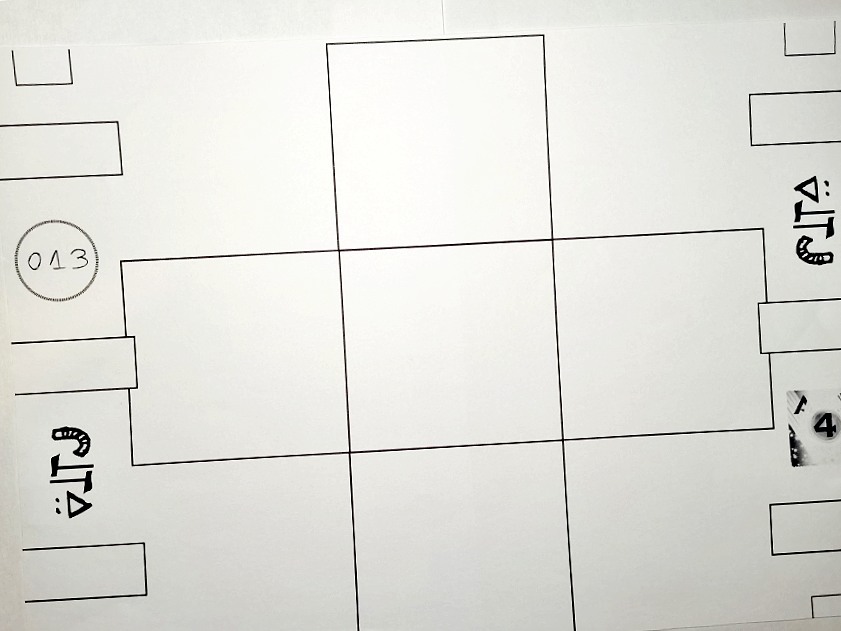
The place where you will make the 100 steps..
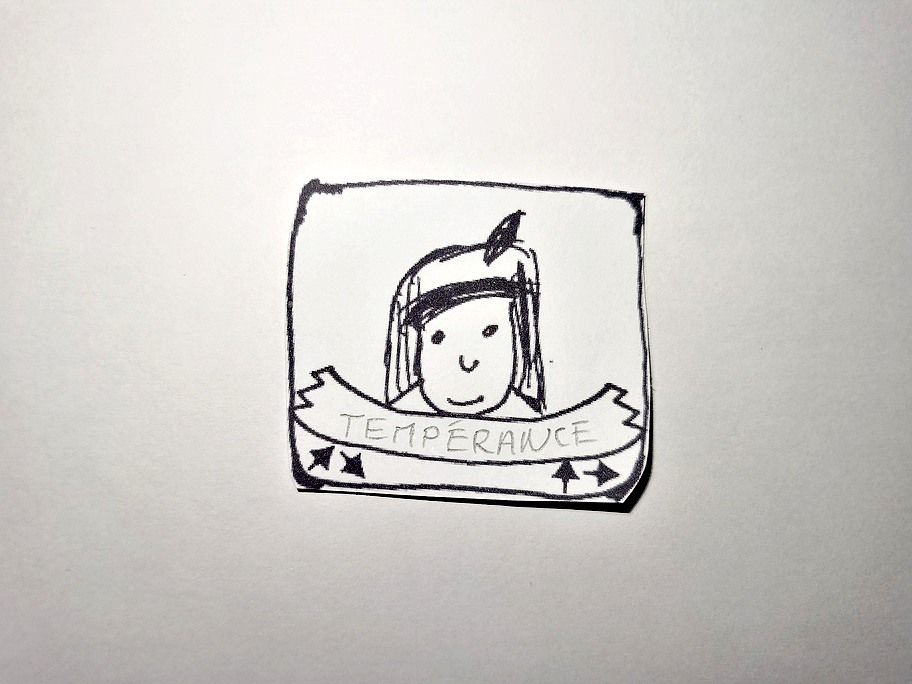
Play the role of a CandiesCollectors..
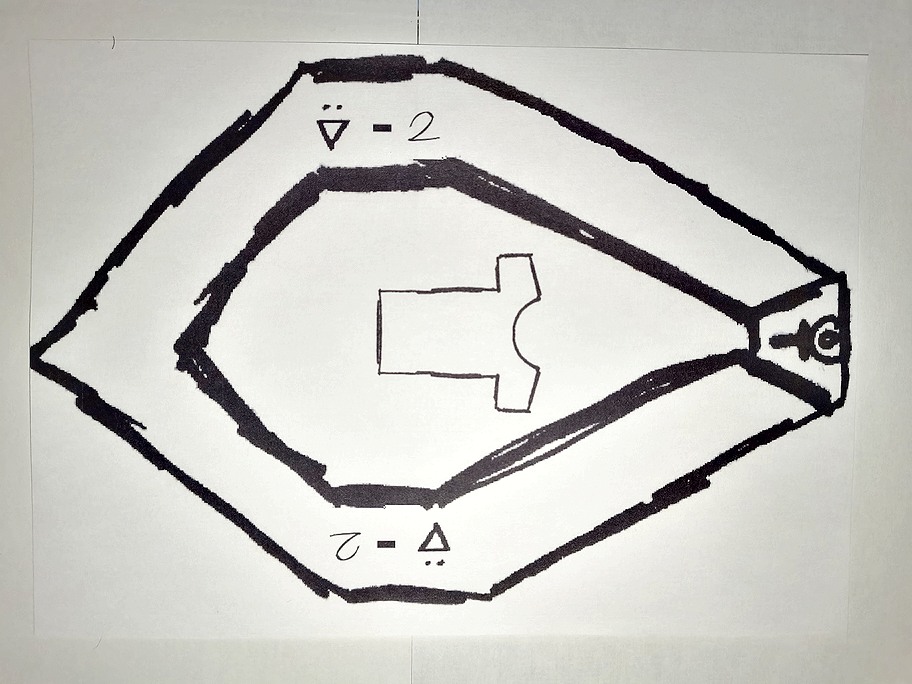
Dress up in your favorite costume..
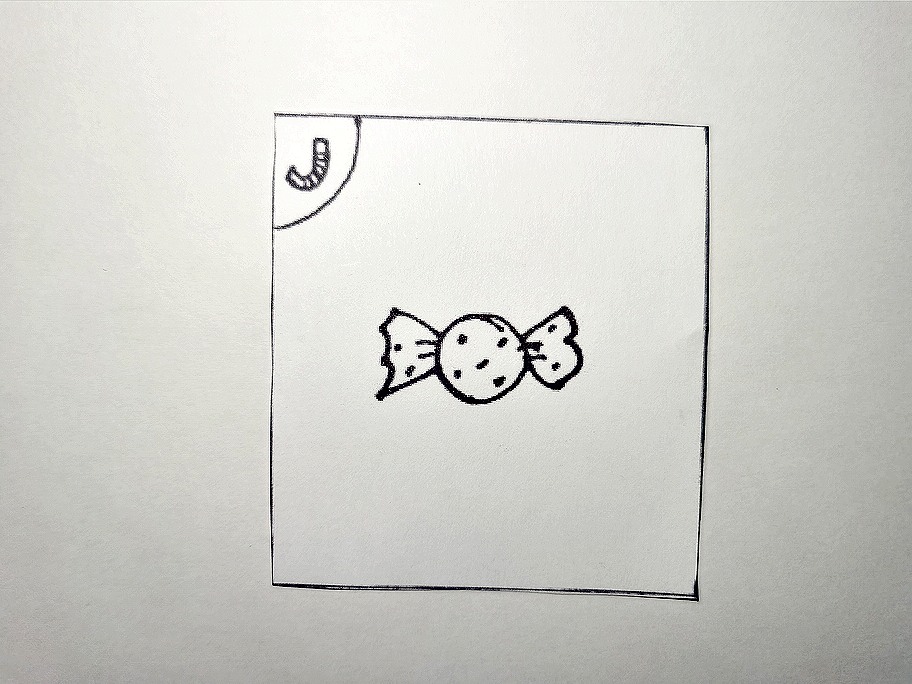
Dress up in your favorite costume..
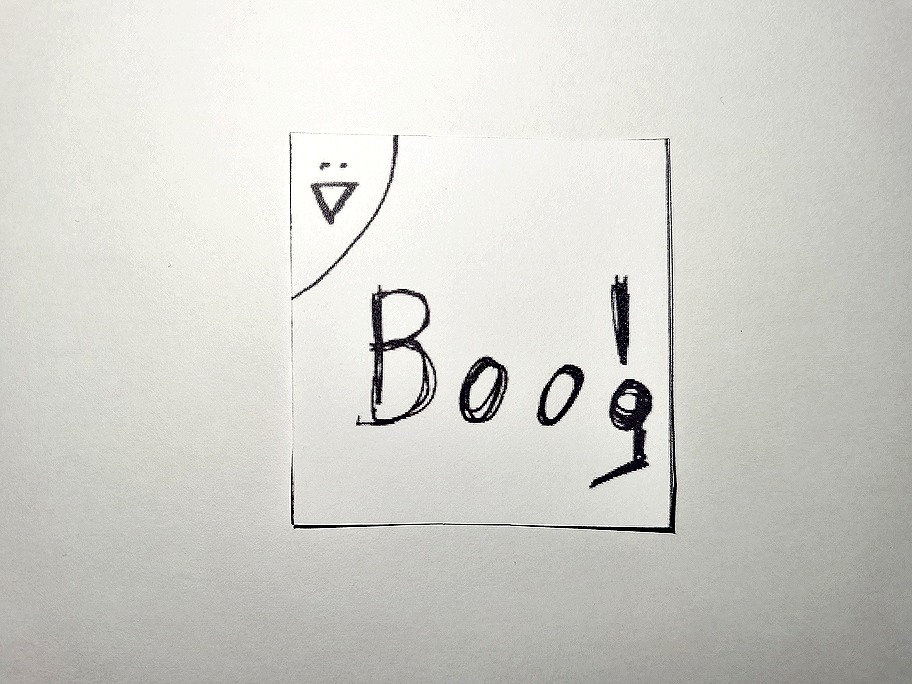
Play tricks on the townsfolk..
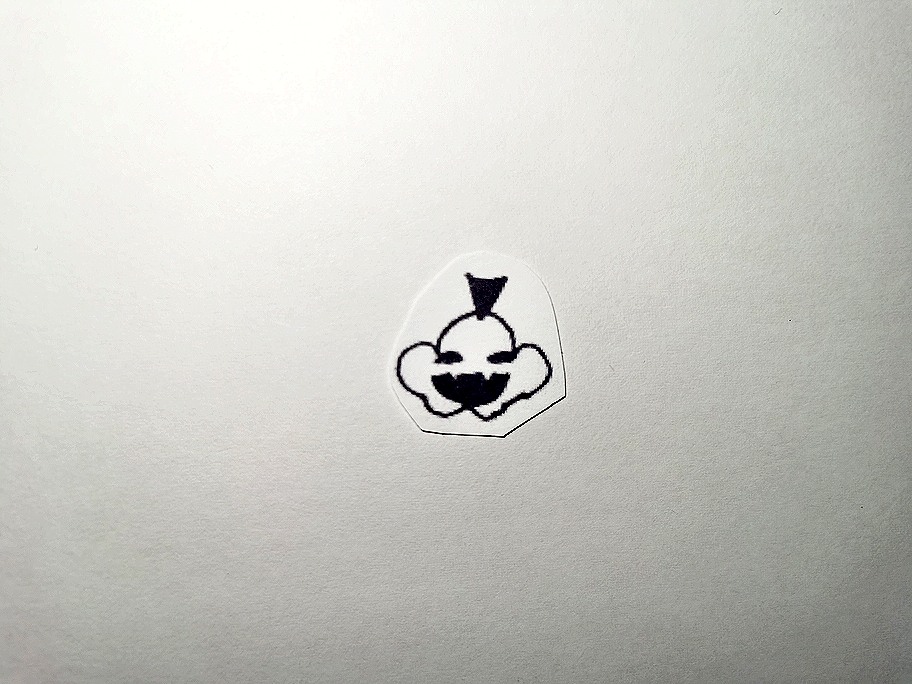
Enjoy and admire landscape and decorations..
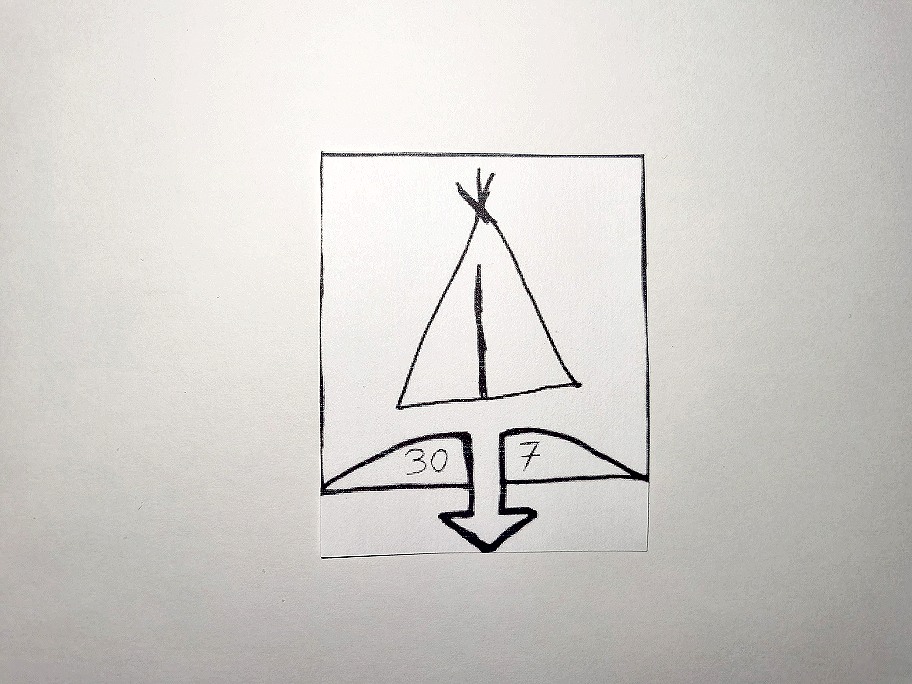
Ring the doorbell of the housings...
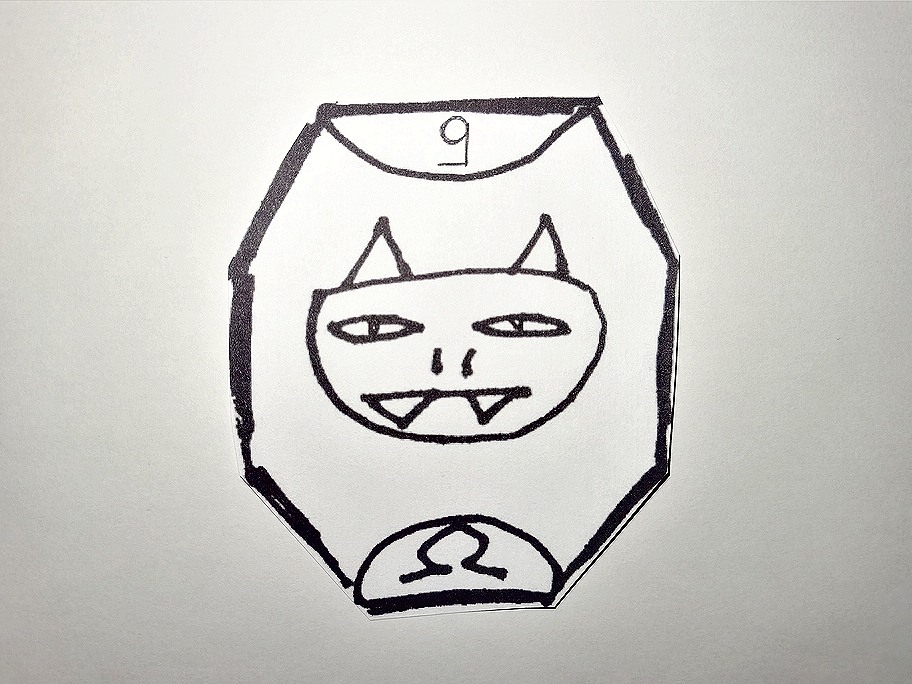
Compete with your masks against other CandiesCollectors..
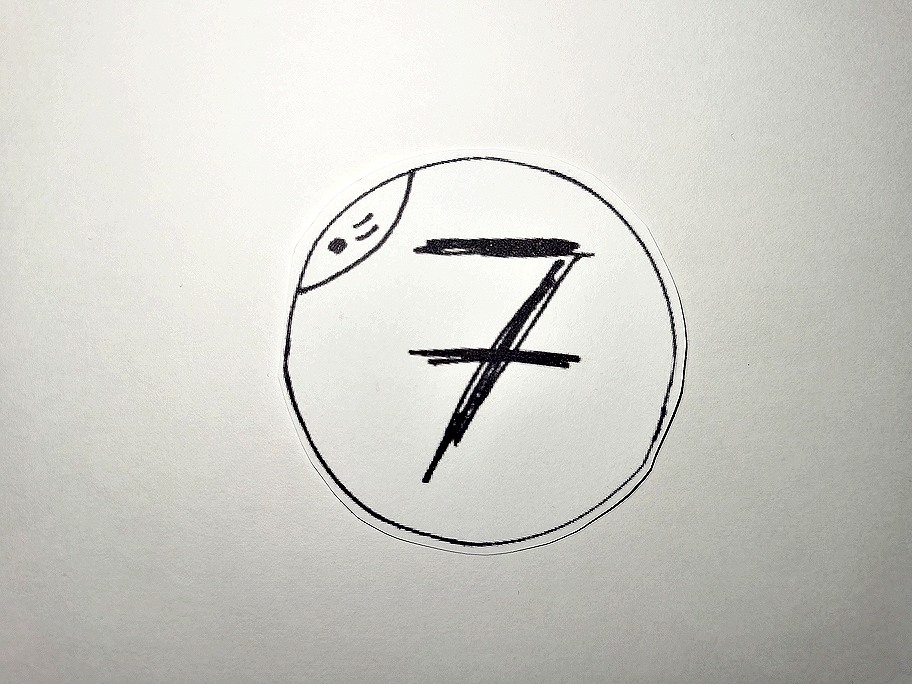
Move as soon as possible..